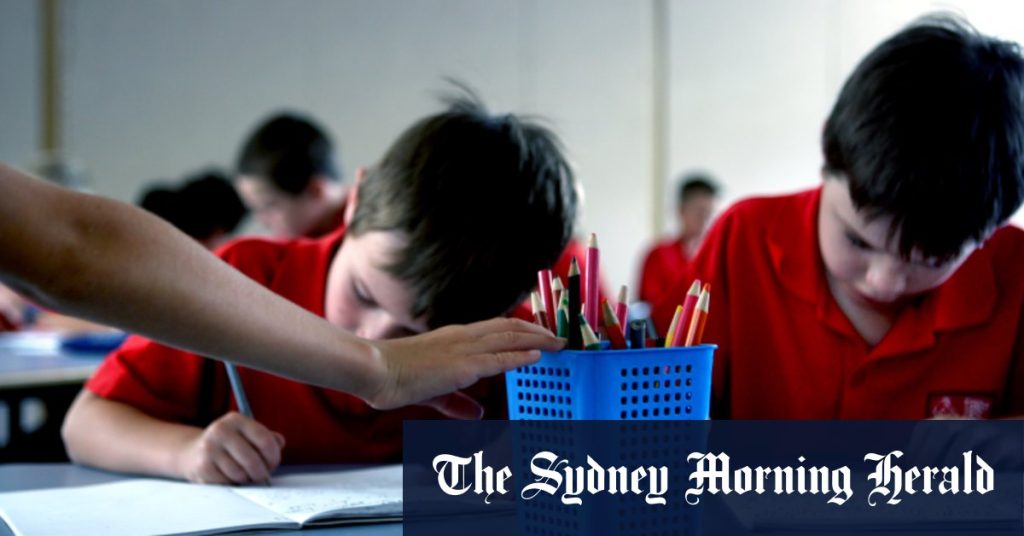Six of the 28 projects funded under the private schools program included new campus construction, digital technology studios, car park extensions, a two-storey “creativity hub” and landscaping, with funding exceeding $4 million each. Education economist Adam Rorris highlighted the disparity in capital funding between public and private schools, stating that public schools often struggle to fund basic necessities like working toilets and air-conditioning. While the federal government has committed to public school capital funding, it still falls short of what is necessary, with private school capital spending up to four times greater.
The federal government’s $275 million Schools Upgrade Fund for public schools was established in response to COVID-19, aimed at addressing infrastructure needs after the previous Coalition government eliminated the original fund in 2017. Catholic and independent schools have access to a separate annual capital fund of a similar amount, primarily intended for disadvantaged students, but recent data shows that wealthier private schools have received a significant portion of these funds. It was reported that five of the richest private schools in Victoria and NSW spent more on new facilities than governments allocated to capital works for half the public schools in Australia.
Public schools are significantly underfunded compared to private schools, with billions of dollars less in direct student funding allocated annually. Despite the Gonski resourcing standards meant to distribute funds based on need, private schools continue to receive more than their fair share. Federal Education Minister Jason Clare has committed to addressing this imbalance in funding, describing the one-off capital fund for public schools as an important step towards creating a more equitable education system. Victorian Education Minister Ben Carroll noted the state’s substantial investments in upgrading schools and welcomed Canberra’s efforts to do the same.
Education ministers from five states and territories are expected to advocate for the Commonwealth to increase its share of overall public student funding by 5% at an upcoming meeting. The Australian Education Union is calling for a $1.25 billion injection into public school infrastructure and a continuous fund dedicated to the sector. The federal Education Department stated that no decisions have been made regarding future capital funding, underscoring the ongoing debate about resource allocation in the education sector. Despite some progress in addressing funding disparities, there remains a pressing need to ensure that all students have access to high-quality educational facilities and resources.


